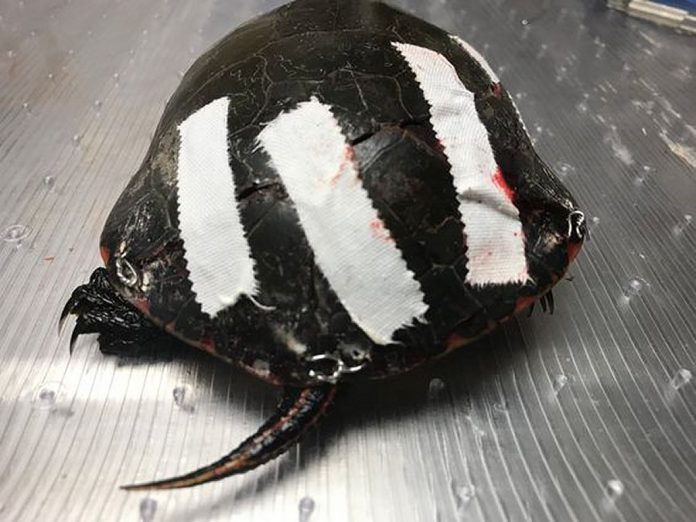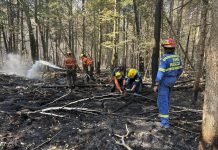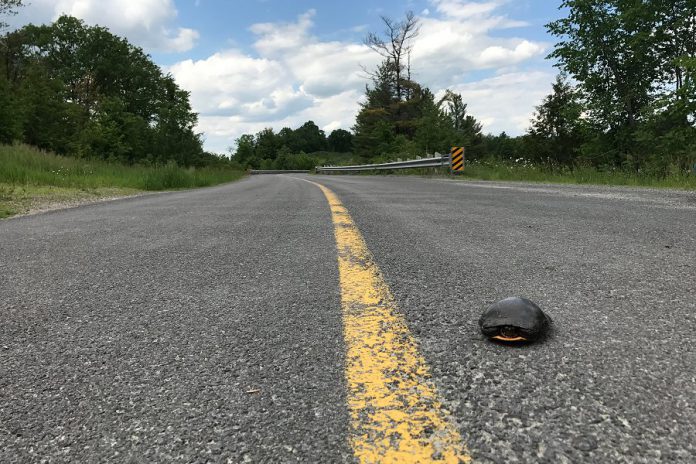
The Ontario Turtle Conservation Centre in Peterborough has been stretched to the limit by a dramatic increase in the number of injured turtles admitted this year. Thanks to the generosity of a local couple, the non-profit organization has a solution — but needs the public’s support to make it happen.
In 2018, the centre admitted a total of 945 turtles. So far in 2019, only halfway through turtle season, the centre has already admitted more than 1,100 turtles.
Most of the injured turtles have been struck by vehicles as the reptiles cross roadways to search for mates, establish or move between territories, or lay eggs. After habitat loss, being killed by vehicles is the leading cause of turtle population decline.

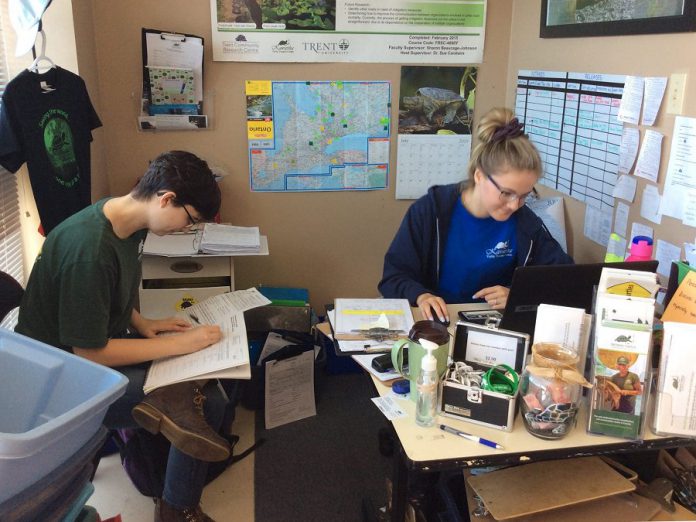
The increase in admissions is not because more turtles are being hit, but because more people are finding and reporting injured turtles to the centre. There is increased public awareness of the plight of turtles in Ontario, especially now that all eight native species are listed as being at risk under federal legislation.
“We have been receiving hundreds of phone calls a day from concerned citizens about injured turtles, nesting turtles, nest protection, and many stewardship initiatives,” the centre’s executive and medical director Dr. Sue Carstairs says. “We have received so many turtles that there is literally not an inch of floor space anywhere in the centre.”
“We have taken on extra veterinary staff to try and keep up with the admission triage; we have also hired extra hotline help. We have more Turtle Taxi volunteers, more first responders, more husbandry volunteers.”
While the Ontario Turtle Conservation Centre is managing the human resources needed to treat all the turtles, the centre’s greatest need is for more space. In 2018, the centre was able to add a 1,000-square-foot intensive care unit room thanks to a bequest by Gail Grace Christie.
Now a local couple, Mary and Gerry Young, has offered the centre land and buildings on their 100-acre farm that is very close to the centre’s existing facility, which Dr. Carstairs says provides “an ideal location to expand and grow into.”
In the short term, the farm buildings could be renovated to enable the centre to house more injured turtles, with a long-term expansion plan in the works.
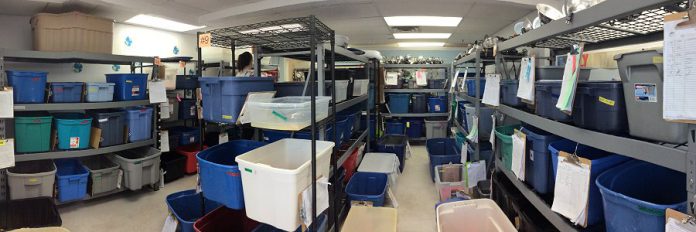
However, the centre needs more financial donations and volunteers to make it happen. Donations will help renovate the farm buildings, and the centre is also seeking electricians, plumbers, and contractors to donate their time.
“We anticipate we will need extra well infrastructure, back-up generators, full plumbing construction, electrical retrofitting, and full climate control in the manner of a furnace and air conditioning,” explains Dr. Carstairs, who adds the centre is talking with city planners.
If you would like to donate financially to the Ontario Turtle Conservation Centre, a registered charity, visit ontarioturtle.ca/donate/.
For the centre’s non-monetary donation needs — including equipment, supplies, and skills — visit ontarioturtle.ca/donating-non-monetary/.
Previously known as the Kawartha Turtle Trauma Centre, the Ontario Turtle Conservation Centre not only operates a turtle hospital that treats, rehabilitates, and releases injured turtles, but also performs extensive research in the field to further conservation initiatives, and runs a comprehensive education and outreach program.
The centre’s work in rehabilitating injured turtles and releasing them back into the wild is critical to slowing turtle population decline.
Unlike other wildlife species, turtle populations cannot tolerate the premature loss of adults. As turtles grow slowly and have a very low egg and hatchling survival rate, adults must live for a long time to successfully reproduce — as many as 60 years for a snapping turtle.
